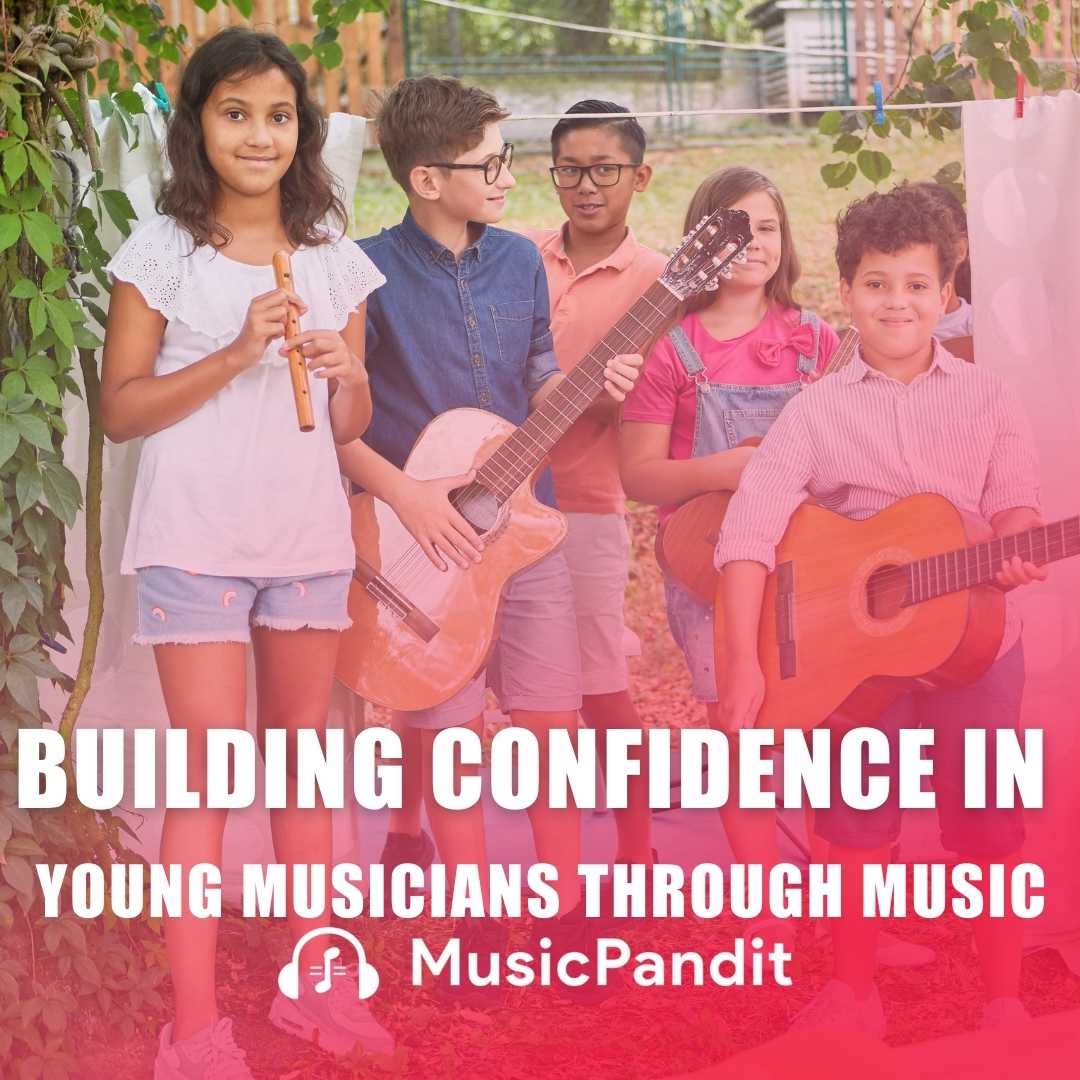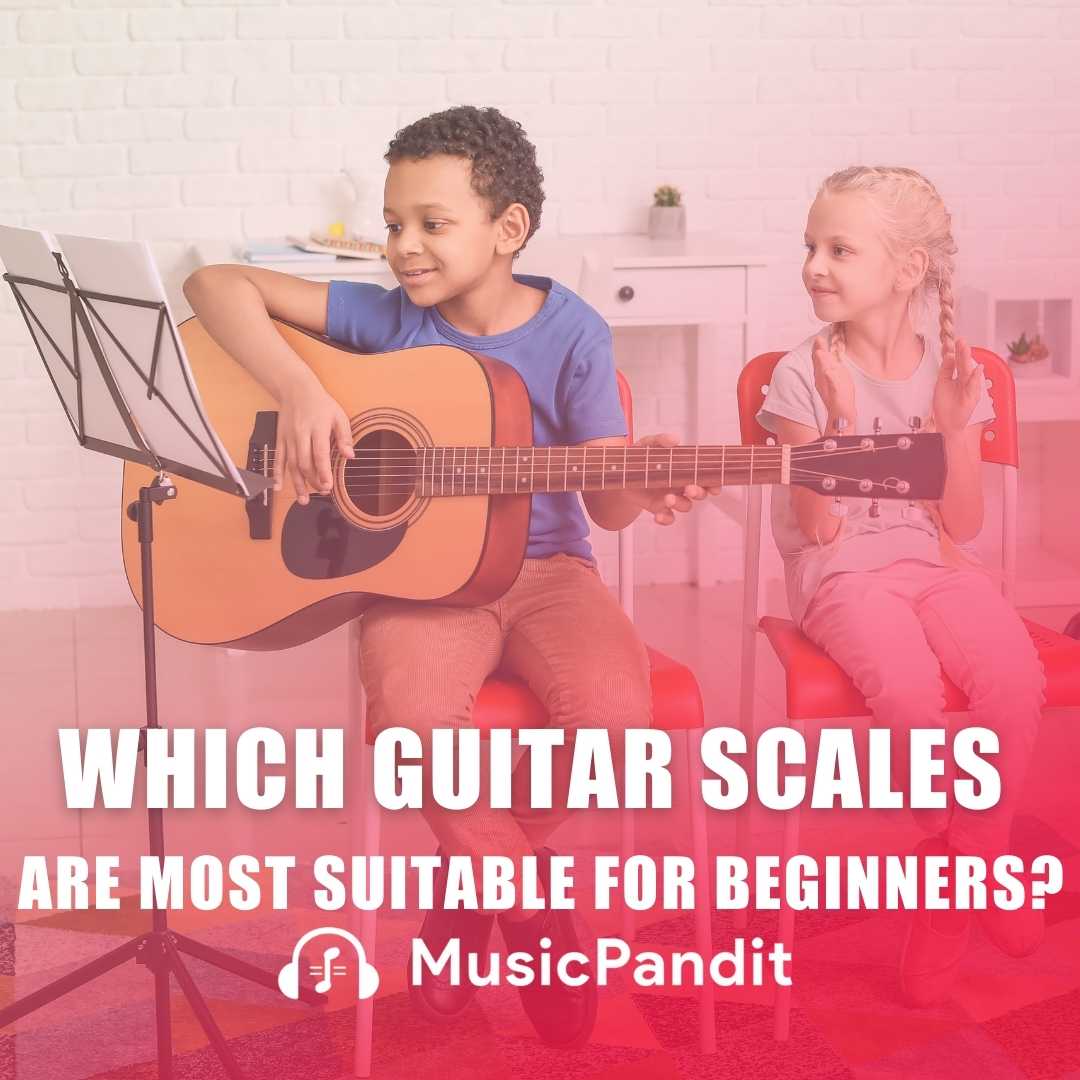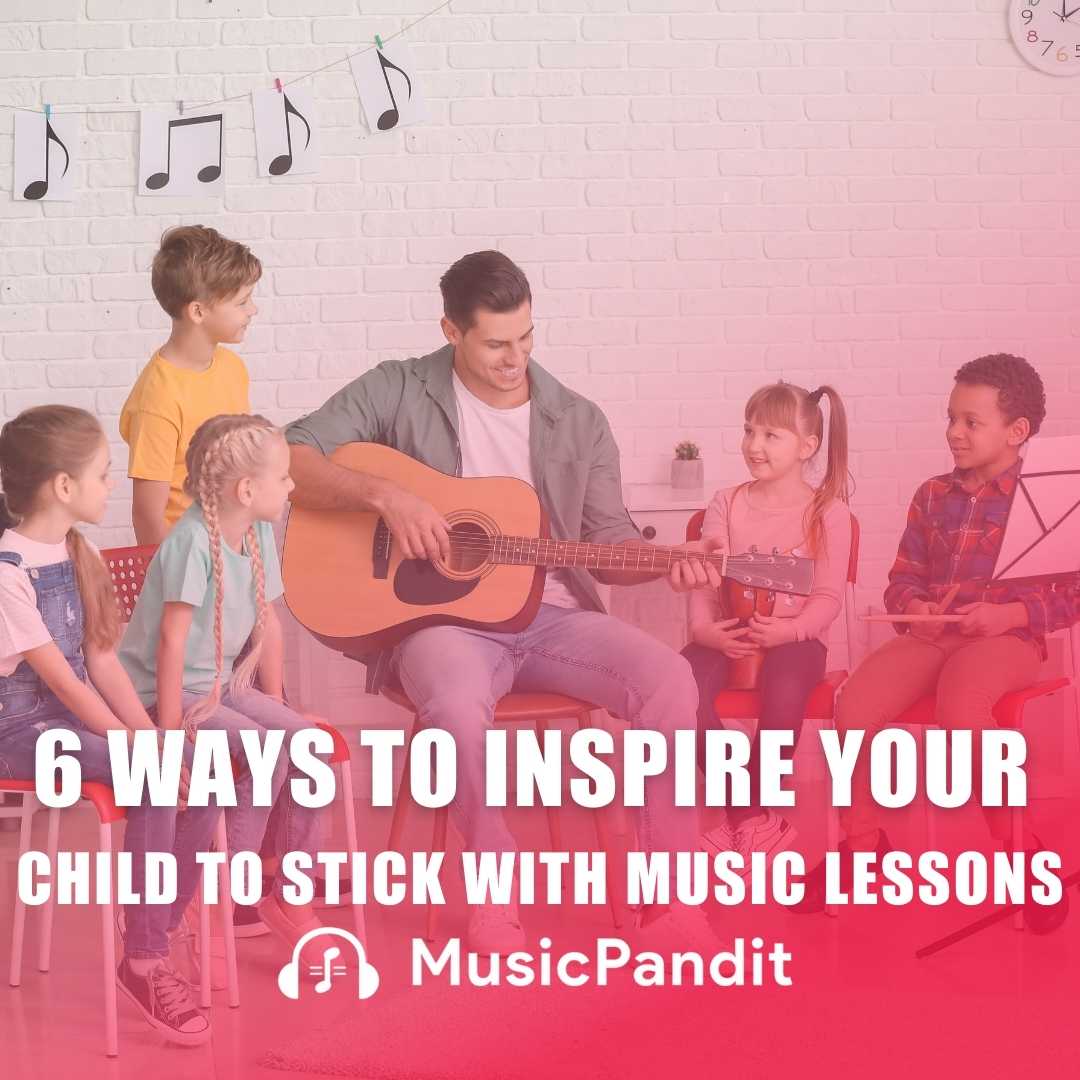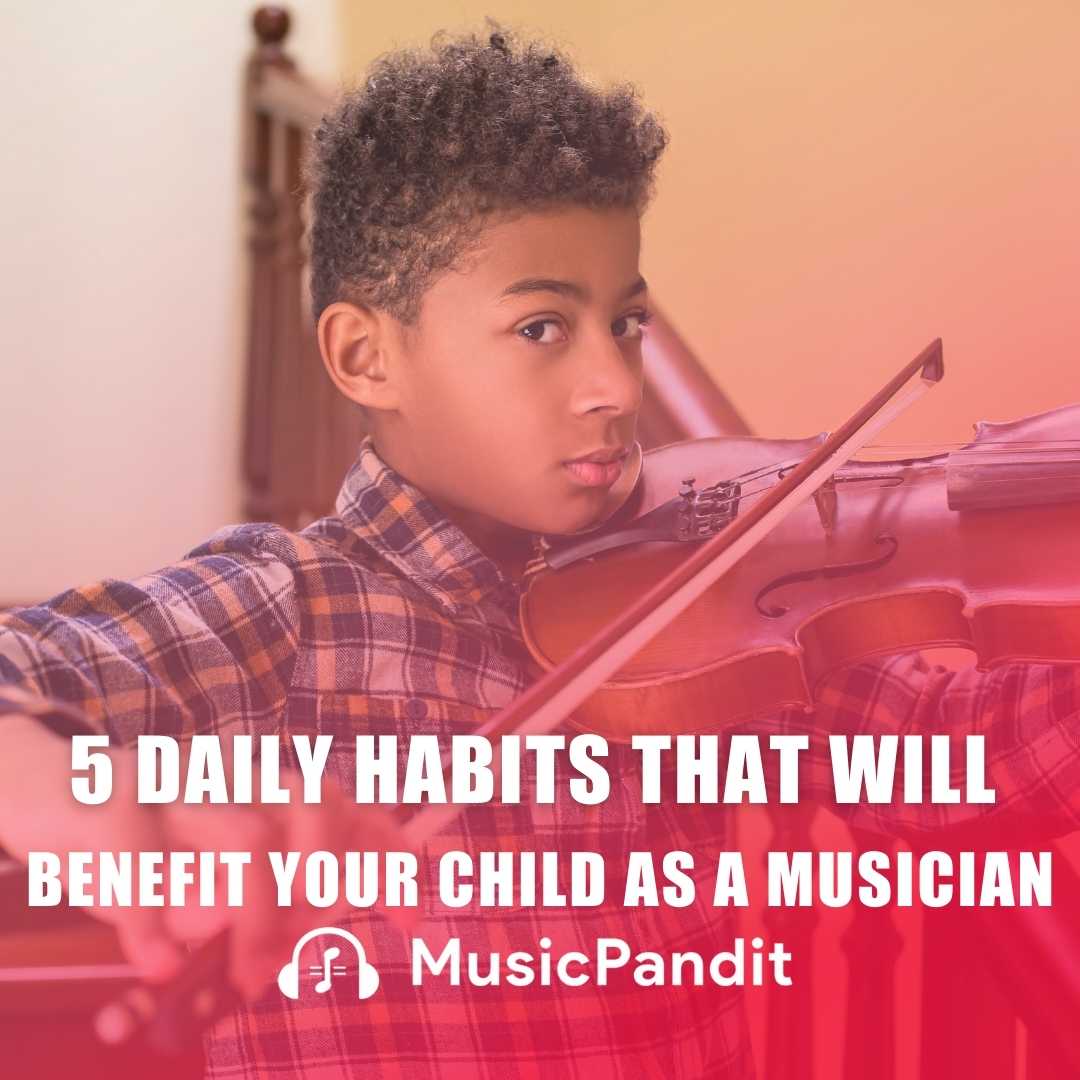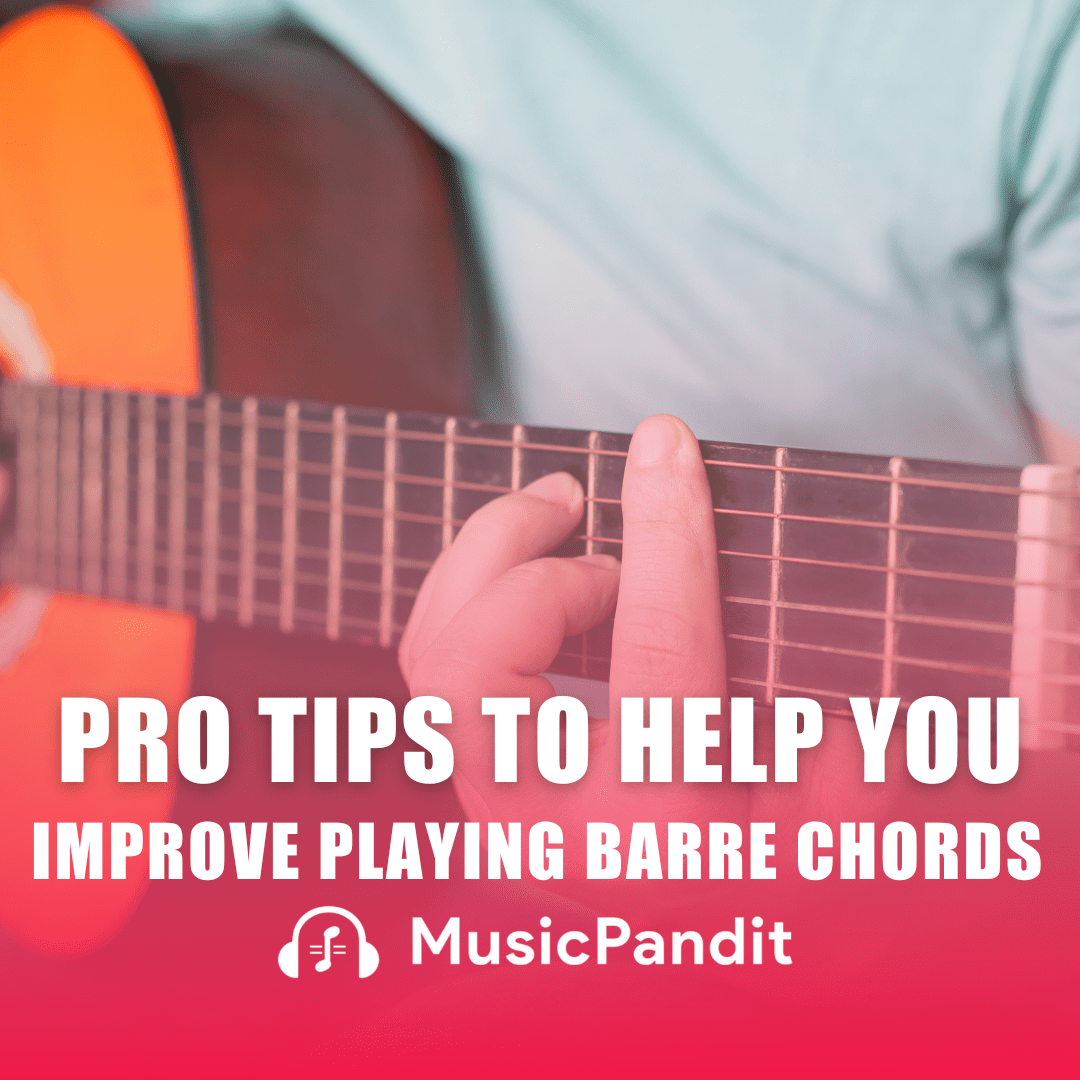There are a number of things that are talked about in the history textbook but there has never been any discussion regarding Hindustani classical music. However, it is certainly a crucial part of Indian culture and it all started in the 12th century.
It is seen that before the 12th century Hindustani classical and Carnatic classical used to be one. But after the 12th century, Hindustani classical music segmented itself from Carnatic classical and thus Hindustani classical music came into the picture.
Hindustani classical music is based on the improvisation of the notes while Carnatic classical tends to focus a lot more on composition. Besides this, it also has a lot of differences when it comes to standard perception.
Talking about Hindustani classical music, the primary notion is Raga. Besides, there are strict connotations in place with regards to how Hindustani classical is sung or approached. For instance, there is no usage of falsetto, harmony, or head voice. This is the reason it is known as the purest form of music.
Although with time moving forward, there is a significant change in how people sing it. So, the people who sing with Genuity and discipline, tend to get a lot more respect from enthusiasts and audiences.
Principles of Hindustani Classical Music
The major principles related to Hindustani classical music were written in the book Dattilam and Natyashastra by Bharat Muni.
Once it got written, then it was practiced by a number of musical houses.
Other than this, they got patronization from a number of different emperors. The kings used to instruct the singers to perform in the Rajdarbar. Besides, Brahmins in ashrams and temples also used to sing different Hindustani classical music via devotional songs.
During the starting of the 15th century, there came the emergence of the poet, and philosopher of Hindustani classical music known as Swami Haridas. He created various devotional compositions based on Hindustani classical music. The style that he used is known as Dhrupad. Through his singing, he gathered a huge reputation and the forms that he used were one of the most important regard to classical music in the current time.
Further, he had a number of disciples and the most common was Miyan Tansen.
Miyan Tansen created his name in Hindustani classical music as he created the art of Hindustani classical music as well as many ragas.
Branches of Hindustani Classical Music
Hindustani classical music has a number of subgenres or branches. It has different kinds of styles in various north Indian regions.
There was Sufi and Bhakti movement in India where bhajan became a very critical component.
In this movement, a number of music leaders came into emergence such as Tulsi Das, Saint Kabir and Mira Bai.
There has been a number of subgenres of Indian classical music as well such as Tappa, Thumri, Chaiti, Dadra, etc. which have been in practice for a very long time in various regions of society.
Final Verdict
We can very well say that Hindustani classical music has marked its territory across the globe.
So, if you want to learn Hindustani classical music, then Music Pandit is one of the best places to do so. The reason is that they tend to offer the best Online music classes at a very cost-effective price.
They also have a very experienced trainer who would guide you in the path of music. This would give you much-needed relaxation as well as give you a chance to make your career professionally in the field of music.

